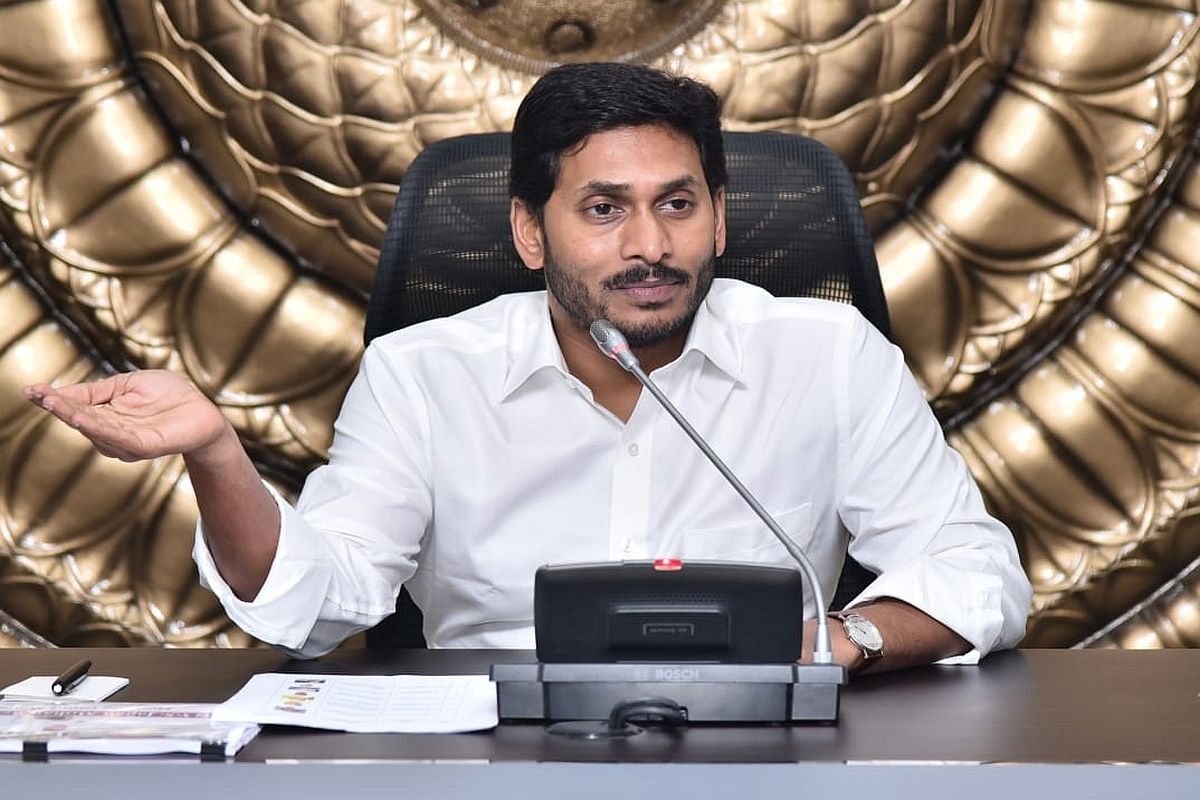Move may be emulated by other states which offer fully or partly subsidised power to the agricultural sector.
Andhra Pradesh Chief Minister Y.S. Jagan Mohan Reddy has taken a bold decision to bring reforms in agricultural power in the state, without putting extra burden on farmers. In a policy change, the AP government on 1 September issued an order, paving way for direct transfer of power subsidy to the bank accounts of beneficiary farmers who, in turn, would pay the bills to the power utilities.
Presently, there are no meters to the agricultural power connections in Andhra Pradesh and Telangana. The power distribution companies—discoms—are supplying free power and the government is paying a bulk amount as subsidy (calculated on average) to these power companies. As a result, there is no clarity on how much power is actually consumed by the agriculture sector.
The new policy is in tune with the power reforms proposed by the Narendra Modi-led government in June. Union Finance Minister Nirmala Sitharaman, in her stimulus package of around Rs 20 lakh crore, has encouraged the states to go for metered power to the farm sector so that the loss-making discoms (power distribution companies) can be salvaged.
The FM, who stressed on the government’s goal of “Atma Nirbhar Bharat”, wanted every sector in the country to improve its efficiency in a specified timeframe. The power sector is one of them which requires urgent reforms and restructuring as the cumulative losses of discoms have become a burden on the banks and financial institutions for long.
Nirmala Sitharaman particularly urged the states to fix meters to all agricultural power connections so that collections of discoms can go up, besides ensuring transparency in the account books of power utilities. As currently all other types of power connections have meters, only agricultural ones need to be brought into the regime. The Centre has offered an incentive of extending borrowing power of states by 2% over and above the permitted 3% now, if they implement power reforms. The FRBM (fiscal responsibility and budget management Act-2003) puts an upper limit of 3% on the states’ borrowings in proportion to their GSDP (gross state domestic produce).
The power reforms, we can say, the second wave, include both allowing private distribution companies (discoms) as well as fixing meters to all the consumers. Inviting private firms into distribution may take time, but fixing meters need not be postponed. At a time when many states were hesitating to implement this simple reform, CM Jagan Mohan Reddy has mustered courage to fix meters to farm connections.
This free power policy is in existence right from 2004 when his late Chief Minister father Dr Y.S. Rajasekhara Reddy came to power in the combined AP, with the same poll plank–free electricity all farmers. Incidentally, the government order (GO No 22) was issued by the energy department on 1 September, the 11th death anniversary of late CM Rajasekhara Reddy.
The GO specifically mentioned a letter from the Union finance ministry (FNo 40(06), dated May 17, 2020), which asked the states to implement the cash transfer scheme for the power subsidy beneficiaries from 2020-21, so that the states can avail enhanced borrowing facility. The Centre has told states to implement the scheme on a pilot project basis by 31 December 2020.
The Centre also made it clear that the pilot project can be taken up at least one district in a state and that the direct benefit transfer to agriculture power consumers shall start from 2021-22, that is April next year. To meet these deadlines, AP has commenced works to fix meters to all agricultural consumers–who are around 18 lakh at present.
This reform will bring two changes on the ground–first, farmers will pay their power bills time to time and directly get the amount into their bank accounts from the government; two, there will be greater accountability on the part of the discoms, which till now have been supplying erratic power to the farm sector.
The only thing is that the farmers will be exposed to a new culture of paying their farm power bills every month. Initially, some farmers may fear that they were being made to pay up for their agricultural power, but such fears would be allayed once they start receiving direct benefit transfer of cash from the government, just as LPG cylinder consumers receive their subsidy through bank accounts.
Jagan’s policy initiative might be emulated by other states, too, which offer fully or partly subsidised power to the agricultural sector. Particularly, neighbouring Telangana is expected to follow this measure as the state, too, implements a similar free power to the farm sector policy. Telangana has around 24 lakh agricultural power connections and a higher subsidy bill of around Rs 10,000 crore per annum.

